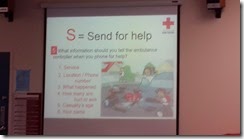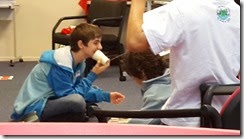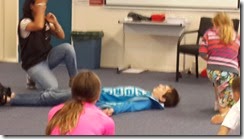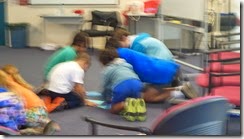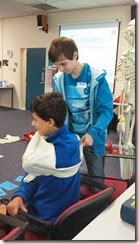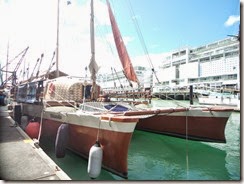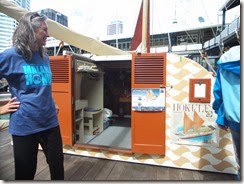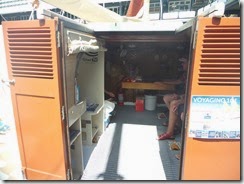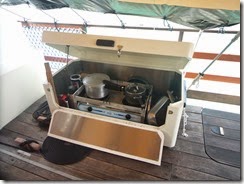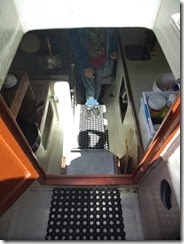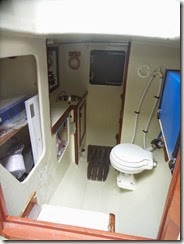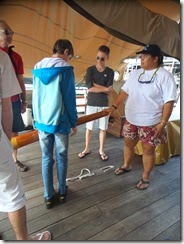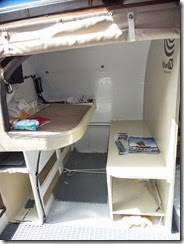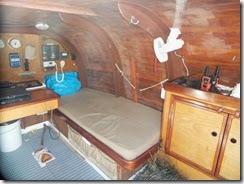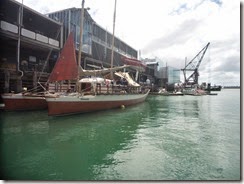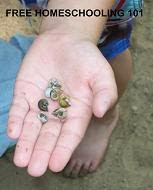People Savers is a first aid course that prepares the students to act in an emergency situation, whether in the classroom or playground, on a school trip or camp, or at home.
- It introduces and familiarises the students with basic hands-on first aid skills for emergency situations
- It is facilitated in your school by a trained Red Cross New Zealand first aid instructor
- It is a stand-alone course (but can also be part of a teacher-planned unit of work or inquiry)
- It supports the curriculum, particularly Health & Physical Education, Science and Social Sciences.
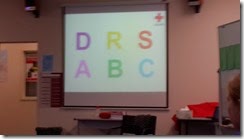 The course covers the following areas using the DRSABC framework:
The course covers the following areas using the DRSABC framework:
- D ~ Check for Dangers
- R ~ Check Response
- S ~ Send for help
- A ~ Check Airway
- B ~ Check Breathing
- C ~ Check Circulation and bleeding
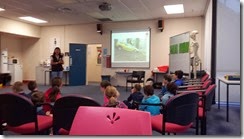 Some of the topics covered were:
Some of the topics covered were:
- How to call for help
- Circulation/bleeding
- Dangers
- Shock/nose bleeds
- Response
- Broken bones
- Airway
- Burns and scalds
- Recovery position
- Poisons
- Breathing
Students were encouraged to roleplay emergency situations & practiced being both the casualty and the people saver scenarios.
Teamwork was initiated to get the check the students recollection of materials covered. They also got to practice how to do a bandage & a arm sling.



